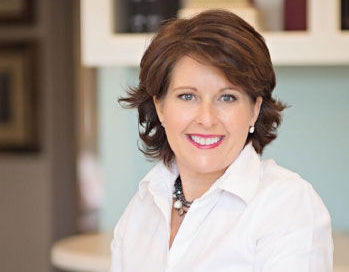Collaboration is at the center of high performing teams. Yet it doesn’t always come naturally.
People come to work with strong opinions, different working styles and a lot of emotions. And if you work from home, coming together as a team can be even tougher.
If you’re a leader (formal or informal) your ability to shape a culture of collaboration can create a huge ripple of positive impact throughout your entire organization. You and your team will be more effective when you put your brains together, and you’ll develop more influence throughout your organization.
Here’s what the best collaborators have in common:
They foster psychological safety: When people do not feel psychologically safe, they will not ask for or give opinions. It’s too vulnerable and too risky in a toxic environment. You might not even realize why people are staying silent; it can be interpreted as disengaged. You can foster psychological safety for your team by nipping toxic negativity, underhanded remarks and gossip right in the bud.
They don’t lose the tether: When you’re brainstorming as a team, it’s easy to forget who came up with the initial idea. The conversations build on each other, they twist and turn, and for naturally creative and trusting teams, it’s accepted part of the process. In less familiar teams, however, or in teams with some challenging dynamics at play, it’s crucial to make sure you always give credit to the originator of the idea. This helps everyone see that there is public recognition for bringing good ideas to the table (instead of the risk that someone will steal your idea and claim it as their own).
They ask for help: If you’re finding that your team doesn’t collaborate as much as you’d like, you can model the behavior you’d like to see. To start, begin asking for their input on your work. Model receiving it well. Thank people for their feedback and act on it. Follow up with them, and highlight what a difference it made and how you’re grateful for their help. This lays the groundwork for others to do the same and conveys a belief of: We are a team who helps each other get better.
They seek diverse perspectives: It’s most intuitive to run and ask your manager for their take on everything, but try to think outside the box. Ask yourself: Who has worked on a project like this before? Has someone else had a customer like this? Does one of your co-workers have experience, previous to this organization, that might be helpful? You will get more and higher quality collaboration this way, and you’ll develop more relationships throughout your organization.
Creating a safe space where people can bring their best ideas and most innovative thinking to their teams takes work. Being intentional with your language will help you foster the trust and respect required for successful teamwork.




